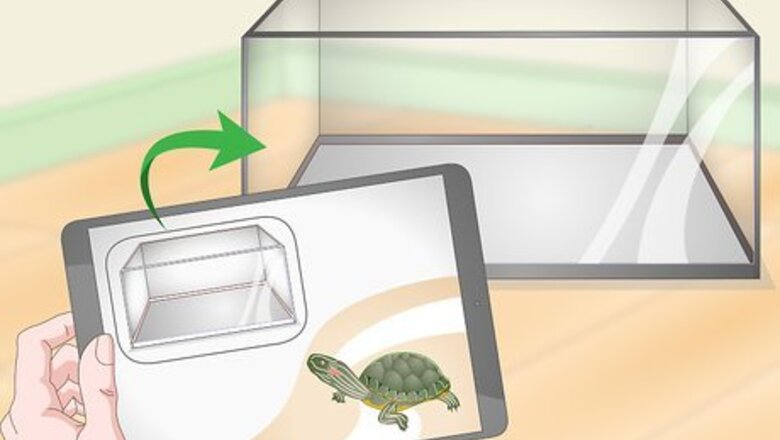
views
Housing Your Mini Pet Turtle
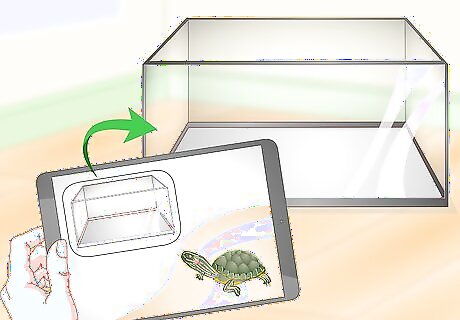
Research the size of tank you need for your type of turtle. Different types of mini turtles have different housing needs, so look at a care sheet for your chosen species of pet before buying a tank. While some types of turtles can live in a tank that's as small as 20 gallons (76 L), it's generally best to provide as much space as possible for your turtle. For example, a single musk turtle can live in a 20 US gal (76 L) tank. If you plan to keep 2 musk turtles, you'll need a tank that's at least 40 gallons (150 L). An adult mud turtle needs a tank that's at least 50–100 gallons (190–380 L). If you want to keep more than 1 turtle, you'll need a tank or tub that provides at least 6 inches (15 cm) of floor space for every 1 inch (2.5 cm) of turtle. Spotted turtles are among the largest of the mini turtles. They need a tank that's at least 55 gallons (210 L) or a medium-sized tub habitat.
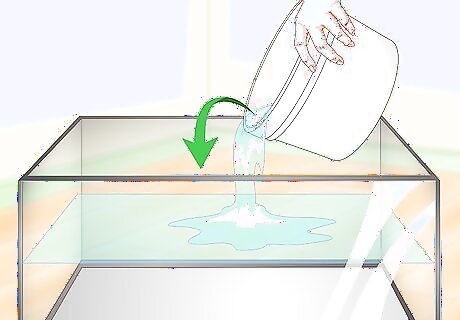
Fill the swimming area with dechlorinated water. Most mini turtles are aquatic or semi-aquatic, meaning that they need plenty of water for swimming and bathing. Provide a swimming area for your turtle and keep it filled with clean, chlorine-free water. The amount of water you should provide varies depending on the species of turtle you're keeping. For example: Musk turtles need water that is shallow enough that they can stretch up to breathe while keeping their back feet on the floor. Mud turtles like deeper water. Keep it about twice as deep as the turtle's length. Spotted turtles are not strong swimmers. Make sure their water is no more than 4–6 inches (10–15 cm) deep.
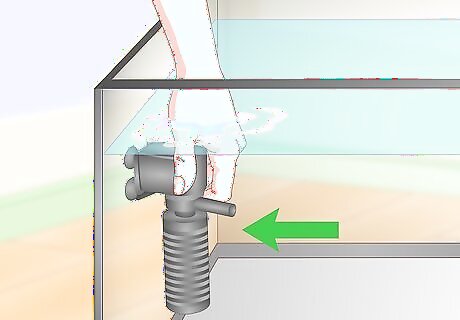
Add a filter to the tank or tub. Turtles are messy. In order to keep the tank or tub clean and healthy, you'll need to provide the best water filter possible that has good chemical and mechanical filtration. If you're not sure what kind of filter will work best for your tank or tub, talk to an exotic pet vet or a reptile specialist at your local pet store. Some good options include submersible (or internal) aquarium filters and canister filters. Look for a filter that's rated for the size of your tank or tub. Look at the user manual on your filter to determine how often you need to change the filter.
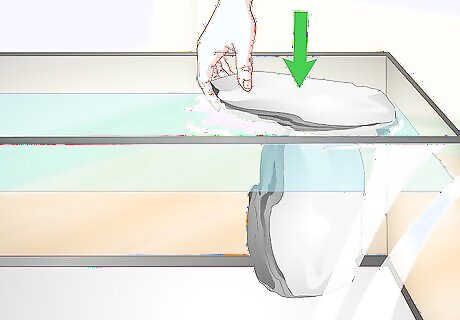
Provide a basking area for your turtle. Even aquatic turtles need to come out of the water sometimes. Make sure your mini turtle has an easily accessible basking spot, such as a basking platform, rock, or piece of driftwood. Some types of mini turtles need relatively large basking areas. For example, mud turtles should have a basking area that takes up at least 1/3rd of the space in the tank. Spotted turtles are poor swimmers and are prone to shell rot, so make sure they have at least 2 basking areas where they can go to dry off completely. If you have multiple turtles, offer enough basking spots so that all the turtles can bask at once if they want to.
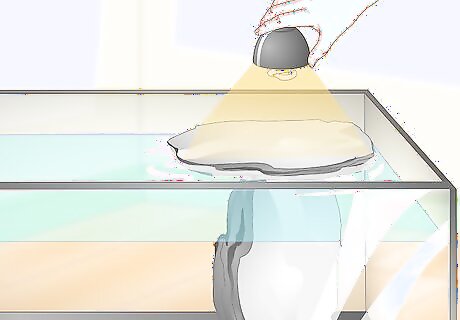
Install a basking light in the tank or tub. Turtles need warmth and light to stay healthy and energetic. Get a high-quality UVB reptile lamp and position it directly over your turtle's basking area. The UVB light will not only keep your turtle warm, but will also help it properly synthesize and metabolize vitamin D and calcium. Look for a lamp with a built-in thermometer so that you can monitor and adjust the temperature of the basking area. Most turtles do best if their basking spot is maintained at a temperature of around 85–90 °F (29–32 °C). Keep the light on for 12 hours during the day and off for 12 hours at night to help maintain your turtle's natural biological rhythms. The UV bulb should be placed within 12 inches of your animal. That way the turtle will get the optimal amount of UV. Make sure to replace the UV bulb every 6-12 months. An old bulb, even if it is still working, doesn't give the amount of UV that it necessary for your reptile.
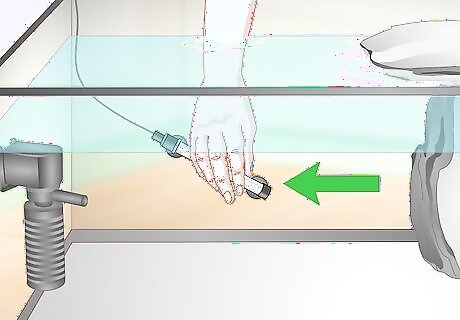
Heat the tank with a water heater. In addition to heating the basking spot, you'll also need to keep the water in your turtle's tank warm. Use a submersible heater or under-tank heating system to maintain a temperature that's appropriate for your species of turtle. For example:Tip: Some turtles may get curious and try to bite the heater in their tank. To protect your turtle and the heater, cover the heater with a section of PVC pipe. Drill some holes in the heater to allow heat to escape. If you keep musk turtles, maintain a water temperature of around 72–78 °F (22–26 °C). Mud turtles like their water a little warmer, around 78–82 °F (26–28 °C). For spotted turtles, keep the water cooler, at around 65 °F (18 °C).
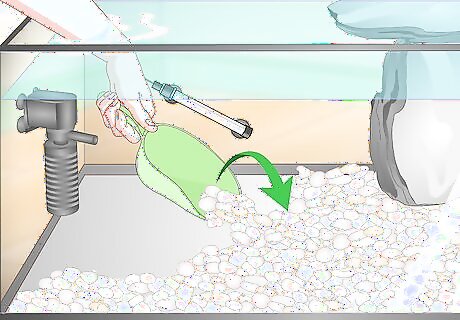
Decorate the tank with stones or gravel if you like. If you wish, you can add a substrate of river stones or gravel to your tank to create a more natural look. Make sure to choose stones or gravel pieces that are too big for your turtle to easily swallow. Alternatively, you can use a sand substrate. Most mini turtles don't need a substrate. Leaving the tank bare will make it easier to maintain, so this is also a good option if you don't want the extra hassle of cleaning the substrate.
Feeding Mini Turtles
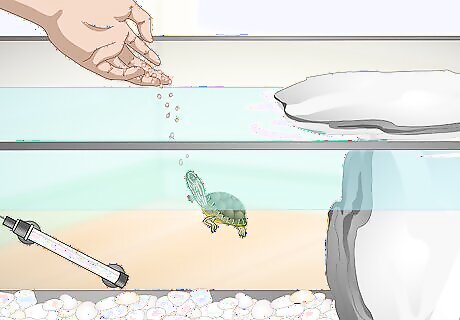
Give your turtle a variety of animal foods. Many of the most popular types of mini pet turtles are primarily carnivorous, but dietary needs vary from one species to another. Research the specific needs of your type of turtle. In general, it's best to offer a varied diet of turtle pellets, feeder fish, insects (such as crickets, mealworms, and waxworms), snails, and worms.Did you know? Just like humans, turtles need a varied diet in order to get all the nutrients they need. Don't stick to feeding your turtle a single source of protein. Mix it up and offer many different live foods along with multiple brands of turtle pellets. Some types of mini turtles, such as the spotted turtle, also enjoy greens. Try offering your turtle some romaine lettuce, dandelion leaves, or water lettuce.
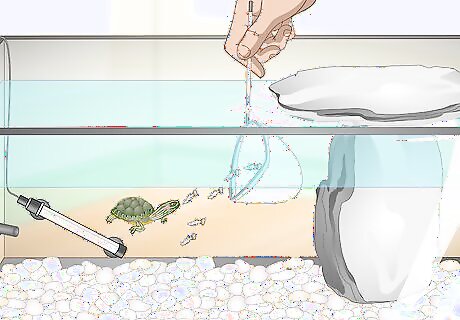
Feed your turtle every day or every other day. Most mini turtles only need to be fed once every other day after they reach adulthood, although hatchlings or juveniles under 6 months may need more frequent feedings (typically twice a day). Research the specific needs of your turtle species to find out how much it needs to eat and how often. As a general rule, you should not feed your turtle more than it can easily eat in about 15 minutes. While most mini turtles only need to be fed every other day, adult mud turtles should be fed once a day.
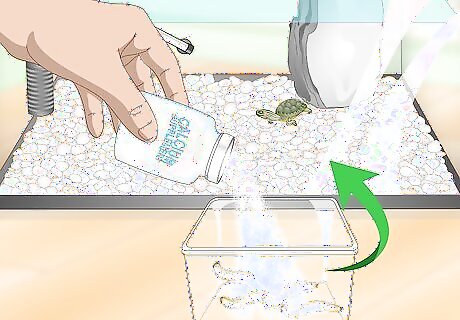
Provide multi-vitamin and calcium supplements for your turtle. Like most reptiles, turtles of all kinds benefit from calcium supplements. Dust your turtle's food with calcium or gut-load their feeder insects with a calcium-rich diet to make sure your turtle gets the nutrients it needs. Additionally, ask your vet or a reptile specialist at your pet store about giving your turtle a multi-vitamin supplement. Another way to get your turtle extra calcium is to provide a cuttlebone for it to chew on.
Maintaining a Clean and Healthy Environment
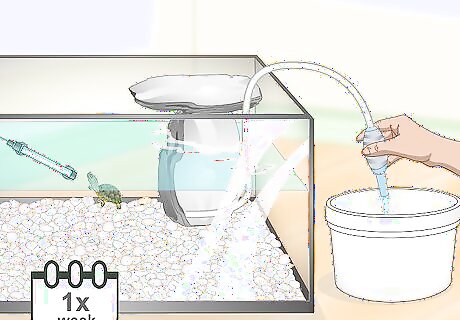
Do a partial water change in the tank at least once a week. A dirty tank will soon begin to smell bad and can put your turtle at risk of getting sick. Remove a quarter to a third of the water from your turtle's tank with a siphon once a week and replace it with clean, dechlorinated water of about the same temperature. If your tank has a substrate, agitate it a little to loosen up dirt that has settled to the bottom of the tank. You can also use a siphon with a gravel vacuum to help keep the substrate clean.
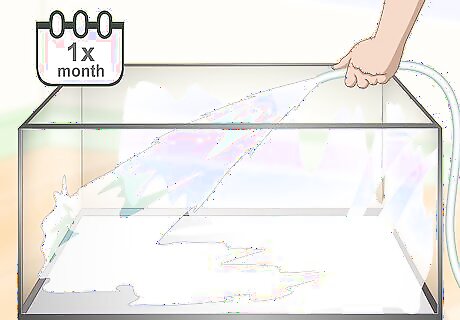
Clean the entire tank at least once a month. Even with a good filter in place, you'll need to do a more thorough cleaning every 2-4 weeks. Take your turtle out of the tank and place it in a safe holding area, then remove all the rocks and any other fixtures from the tank. Scrub the inside of the tank and all the fixtures with an old toothbrush and a mixture of 1 part bleach and 20 parts water, then rinse everything thoroughly with clean water when you're done. This is also a good time to replace the old substrate, if your tank has it.
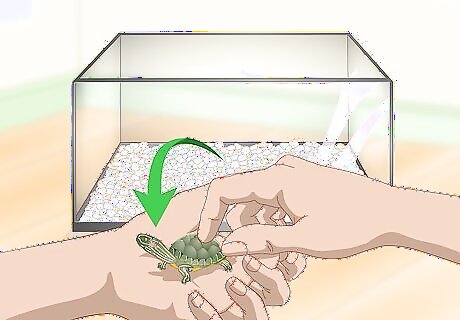
Handle your mini turtle sparingly. Most mini turtles do not enjoy being handled. To minimize the stress on your pet and reduce your chances of being bitten, only pick up your mini turtle when necessary (e.g., when cleaning the tank). If you have to pick up your turtle, hold it near the back of the shell so it's harder for the turtle to bite you.
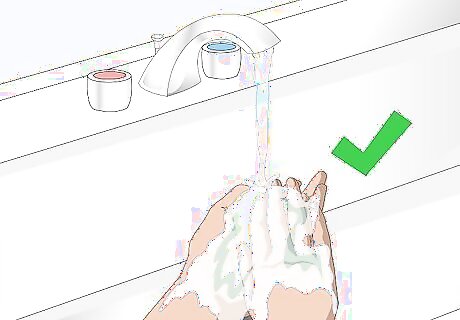
Wash your hands thoroughly after handling the tank and turtle. Most turtles can carry salmonella, so it's important to practice good hygiene to protect yourself from getting sick. Any time you touch your turtle or handle anything from its habitat, wash your hands thoroughly afterwards with warm water and soap.Warning: In the U.S., it's illegal to sell a turtle with a shell that's less than 4 inches (10 cm) long. This is because small turtles are more likely to carry salmonella than their larger counterparts. Don't keep your turtle in an area where you will be handling or preparing food.













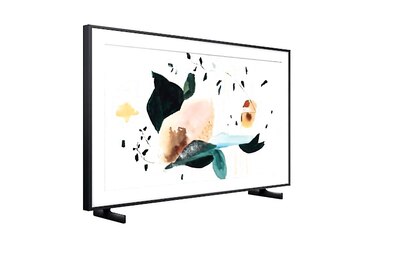




Comments
0 comment